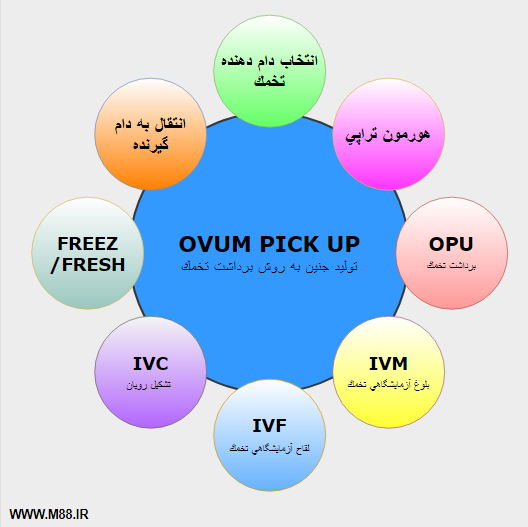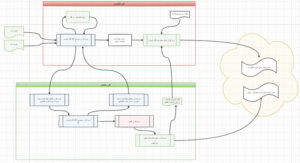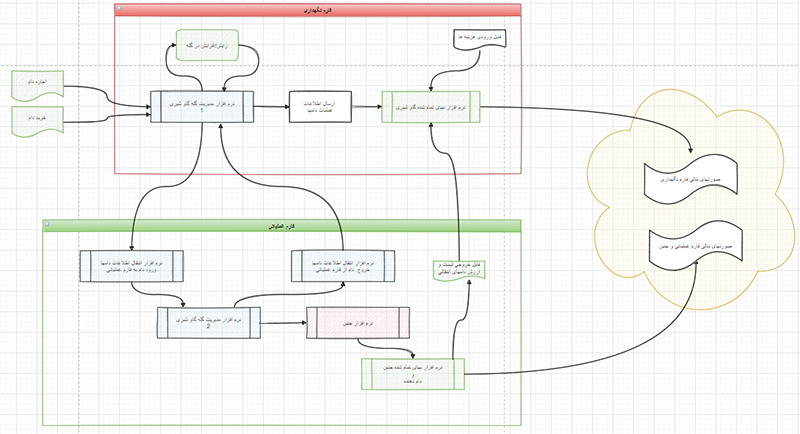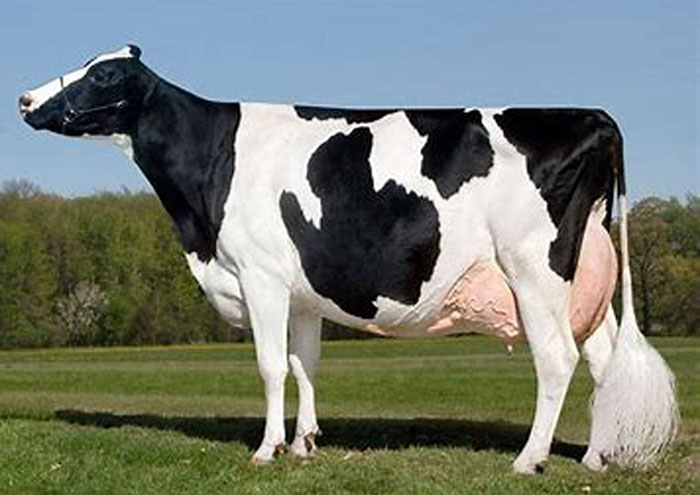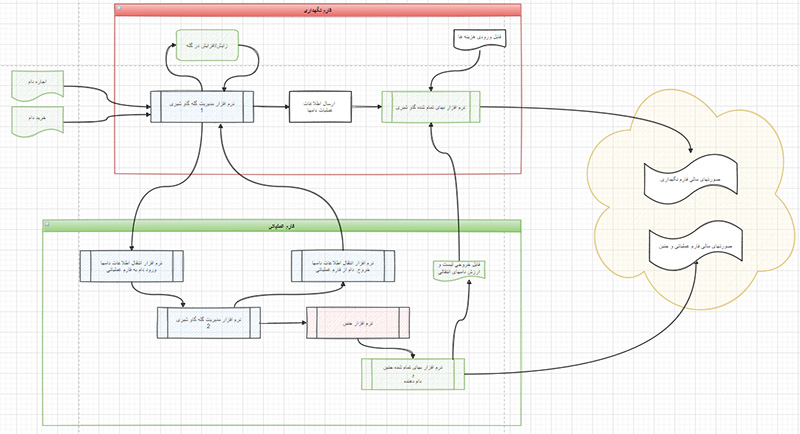Ovum Pick-Up (OPU) in cows (Part I)
Ovum Pick-Up (OPU), as a specialized process, provides eggs cells aspiration from the follicles on the donor ovary. OPU-specific ultrasound probe has a vital role to collects eggs via vacuum suction. The collection time takes 15-20 minutes. Before anything else, the eggs are washed and classified in an advanced procedure to prepare for the next steps (maturation, fertilization and culture).
following the culture step, eggs are matured during 24h and then fertilized with sperm. This process is called In Vitro fertilization (IVF), which is performed in a laboratory. As a result, an embryo is formed from a zygote, and 7 days after that, the blastocyst is generated. High-quality embryos are produced for either transfer to the uterus or freezing (storage for later use). The IVF process has an average production rate of 30%, so 30% of all fertilized eggs grow until the blastocyst stage (Figure 1).
Figure 1: Embryo transfer through Ovum Pick-Up (OPU) method in cow.
By using OPU method, the breeders can obtain donate eggs from mature and immature and pregnant cows (without any risk to the current pregnancy). Furthermore, it is possible to retrieve unfertilized eggs from donors immediately after death to produce a final genetic repository. IVF technology enables breeders to have more offspring from their valuable cattle. However, many breeders do not realize the additional benefits of using IVF. OPU is preferred compared to the Embryo Transfer (ET) method in terms of the shorter time required for each operation. Therefore, IVF has the ability to generate superior offspring in curtailed time. OPU cycles can be performed every week, while most ET programs take place every 60 days.
While the ET method is required two or three sets of sperm to act properly, in IVF one set of sperm can be used for multiple donor eggs. This becomes valuable when the set of sperm is scarce, sex-determined, or expensive. Besides, the sperm of several different cows can be used to fertilize a group of eggs collected from a superior one.
In the industry, OPU seems a more expensive option. However, it is actually more cost-effective than ET in donors who generate a limited number of embryos. There are some factors that make suitable OPU for breeders, including an opportunity to increase the number of offspring, contribution to the development of sex-determined offspring and ability to increase egg collection opportunities.
Factors affecting embryo production in OPU:
Collected live oocytes (living eggs)
DNA quality in gametes (sperm and egg)
Quality of consumed sperm
Laboratory process, equipment and handling
Specialized staff to perform aspiration
Fetal production management
In order to properly manage production activities and processes, the following factors should be considered:
Tracking the performance of egg-donor cows
Investigating the production process step by step
Identifying deviations and controlling them
evaluating the performance of the personnel of each department
Identification of hormone therapy protocols and culture medium
Requiring Comprehensive database
As mentioned above, facilitated access to mentioned factors is essential in proper management. Due to the vast and confusing information, traditional methods which are used in large production research institutes are not useful
Therefore, a comprehensive program is required in this industry to provide the below items:
Recording information step by step
Developing the desired database
Rapid access to information
